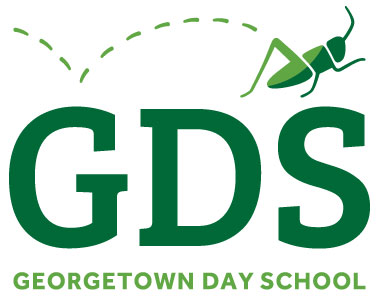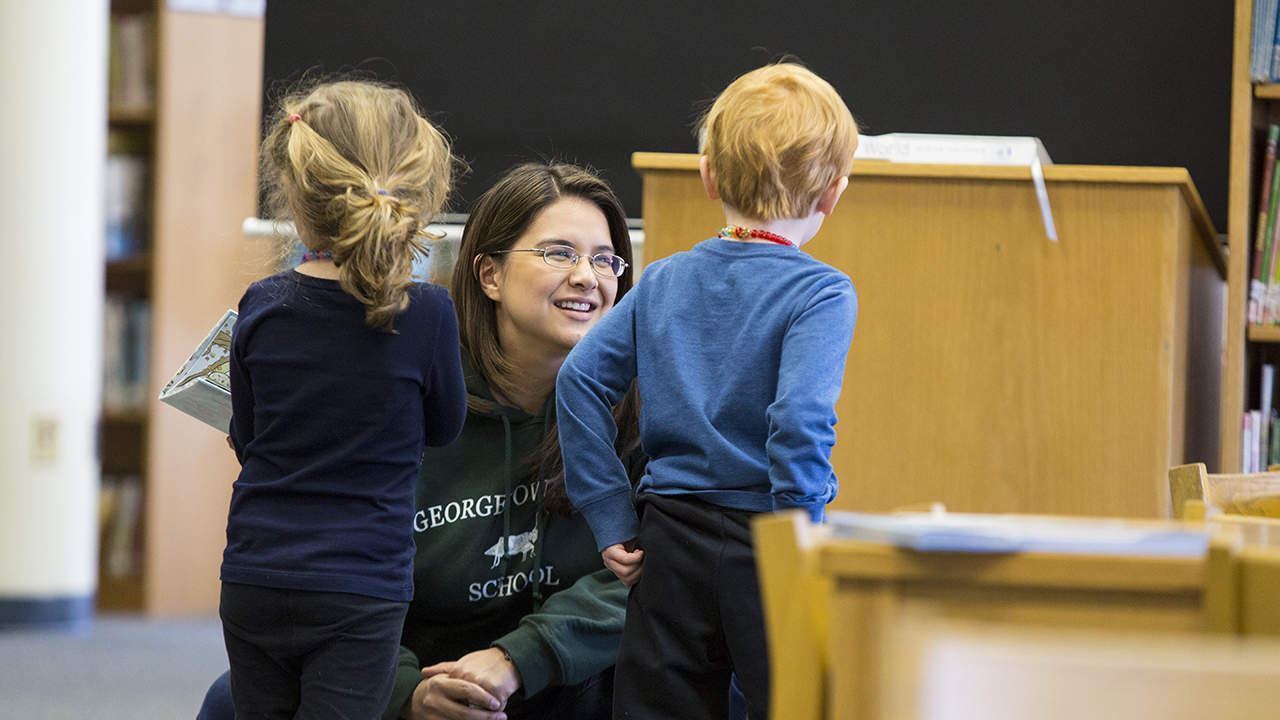My Great Uncle Stanley Robinson lived his entire adult life in Washington, DC, much of it in an apartment building just off Tenley Circle. He moved to Washington after the Second World War, where he had served as a bombardier for the Flying Tigers, the famous squadron that sought to defend China from attacks by Japan during the war.
After graduating from college, I moved to Washington, DC to work on Capitol Hill. Once a month Uncle Stanley would take me out to dinner, where he would ask me about my work and share stories from his own life. Even when his health was failing or he was navigating challenges with friends or family members, Stanley had a remarkably positive outlook. One night at dinner I asked him about this. Stanley took out his wallet and unfolded a careworn piece of paper. On it was written in bold type, “EVERY DAY IS A BONUS DAY.”
“I didn’t think I was going to survive the war,” Stanley confided in me. “We were shot at all the time. I expected each day to be my last. When the war ended and I got to return home, I couldn’t believe my luck. And I’ve been lucky ever since. I ran a business. I had a family. I have grandchildren. I didn’t expect any of it. It’s all bonus.”
Uncle Stanley looked at the world with what, in the world of education, we call an “asset lens.” He didn’t approach each day judging what was wrong with it. He looked to see what was right, and then felt gratitude for it.
As educators, the blessing and challenge of our work is that we work with human beings, individuals who are, by their nature, imperfect. If we approach young people with a deficit lens, focusing in on their faults and mistakes, we will diminish young people and, in so doing, be diminished ourselves. Conversely, if we observe young people’s quirks and idiosyncrasies as a source of joy and possibility, we will remain delighted and surprised by them and fulfilled by our connections to them.
An asset lens is not the same as wearing rose-colored glasses or being a Pollyanna. An asset lens does not mean that one should ignore or gloss over challenges. It does, however, mean that we are called to view each new circumstance through the lens of what’s possible, and to see young people as a remarkable collection of strengths—strengths that can grow and develop through guidance, care, and lots of practice.
This orientation toward the possible informs not just how we support individual students, but also how we believe in their capacity. From our early grades, we trust Lower School students to navigate from classroom to classroom without teacher supervision. Our Middle School students are empowered to wrestle with challenging content, as they did recently during an eighth grade leadership summit which focused on topics like stress, sexism, and racism. We know that not only are these students ready to engage complex material, but that it is in fact vital to their development. High School students are further stretched, provided with an “open campus,” with the expectation that they will meet this freedom with care and responsibility. And they do.
At Georgetown Day School, we believe in young people. This spirit was evident when Georgetown Day School’s second head of school, Edith Nash, wrote a letter to her students in 1963. “If you really don’t like the idea of standing on your own two feet and beginning to be the master of your own life—if you’d rather be a ship in the ocean with the mammoth water raising and lowering you and you making no effort at all—don’t come to Georgetown Day School. Ask your folks to help you find a regular school where you’ll not have so much to do yourself.”
When we see our students—and each other—as a source of possibility, it helps make the impossible or undoable merely challenging. It gives us the courage and stamina to endure through difficult moments. Whether as individuals, as a school, or as a nation, we are best able to move forward when we keep our eyes open to what’s possible. And when we see the gifts that we are given for what they are, as “bonus days,” we are best positioned to find joy and purpose in our work and lives.


